In these last few days, I’ve been following the conversation about how independent film has changed. The argument is that what used to stand for doing things differently now often follows the same rules as the big systems it was trying to avoid. Ted Gioia, a cultural critic and music historian, talks about how the shift from indie to viral is making everything feel more alike. Some filmmakers are starting to look for another way to do things, one that focuses more on how films are made and shared…
When historian, author, and producer
approached me, she was thinking along similar lines. The question she’s been playing around with is: what if we treat film distribution not as the final step, but as a creative opportunity? She wanted to explore how a film could live beyond the screen, through experiences that invite people to connect, reflect, and participate. The recount of that adventure, creating an experience around a film, is the format we’re exploring today.
📰 What’s the format?
An experience around a film.
Robyn came up with the idea for her last film while finishing a book about the hidden roles in our food system, including affineurs (people who age cheese in dark caves). The word affineur comes from the French affiner, meaning “to refine” or “to bring to its highest expression.” Robyn shared the idea with director
and together with the film team, they grew curious about what these workers could teach us about time, care, and purpose. That curiosity led them into the world of cheesemaking and the slow, attentive process by which cheese develops its flavor and form.We often talk about human aging in terms of decline: losing vitality, usefulness, or relevance... But in the world of cheese, aging means something else entirely: a deepening of character, complexity, and expression. These two opposing narratives presented an opportunity to explore the question of how we think about aging and ourselves... (Robyn Metcalfe on her film Shelf Life)
Shelf Life grew out of a growing awareness of how we talk about human aging, and we wanted that conversation to continue long after the credits rolled. So we hosted a screening and then invited a smaller group of 30 participants to join us for the experiential part of the evening.
🎛️ What are the features?
We set out to create an experience that welcomed people of all ages, engaged the senses, and offered space for participants to share their own stories.
Our goals were to:
Inspire curious minds to rethink how we understand aging
Cultivate and practice connection
Deepen the conversation around meaningful questions
Foster an atmosphere of creativity, risk-taking, and vulnerability
Inspired on the classical “journey maps” or “lifelines” that help you identify stories that shape who you are today, we decided to center our experience around a cheeseboard.
The invitation for participants was to reflect on their life’s key moments (both highs and lows) and to represent them using cheese. Each type of cheese, with its unique color, texture, and flavor, symbolized different events or emotions in their lives.
1. The Invitation
To help participants get into the spirit of the experience, we asked two simple questions on the registration form: one about a meaningful memory, and one about, well, cheese.
2. The collaborators
A group of local cheesemakers joined us for the event, donating their cheeses (like coffee-infused cheddar, rustic Ruxipuá, and fresh pita and panela), and sharing their craft with participants of all ages, including college students, practitioners, and academics.
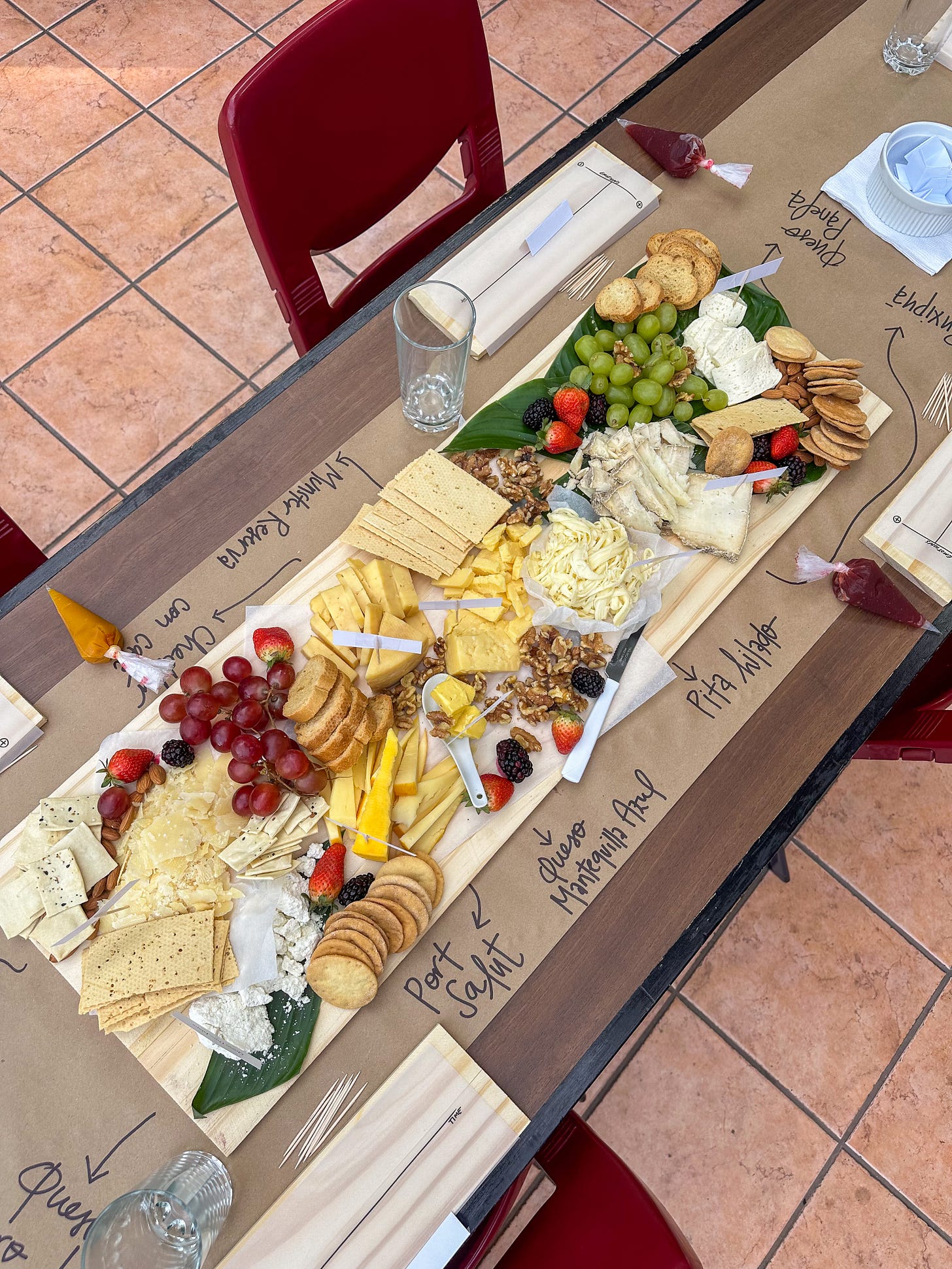
3. The Experience
Participants selected cheeses from a shared board and created their personal lifelines, sharing their stories with the group afterward.
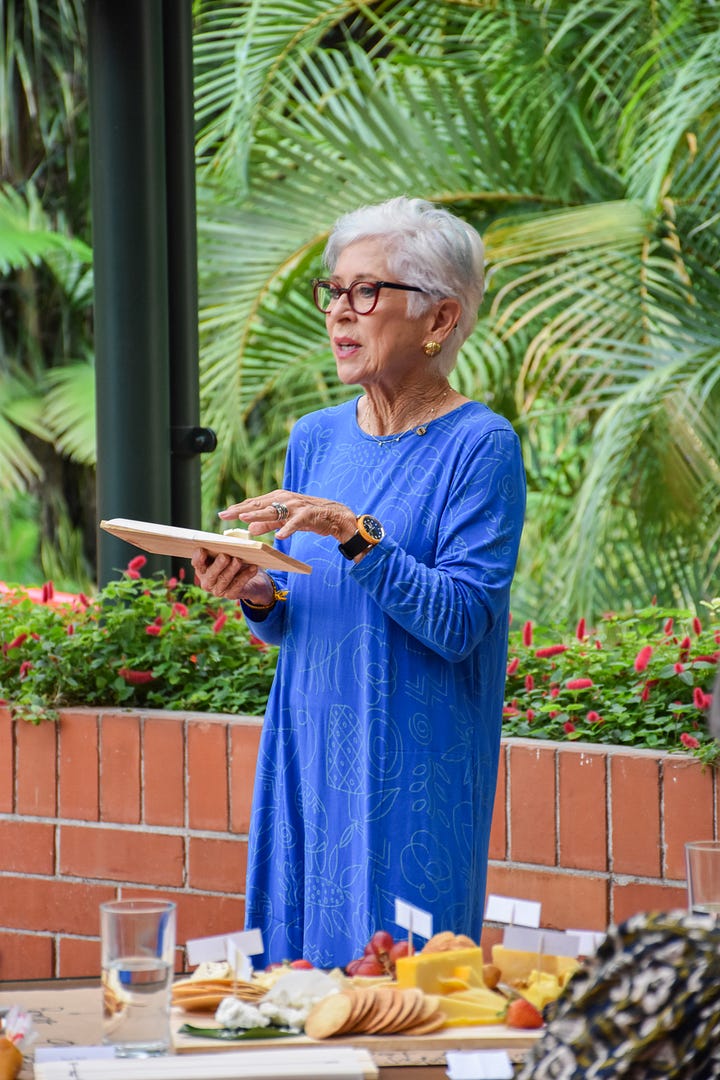
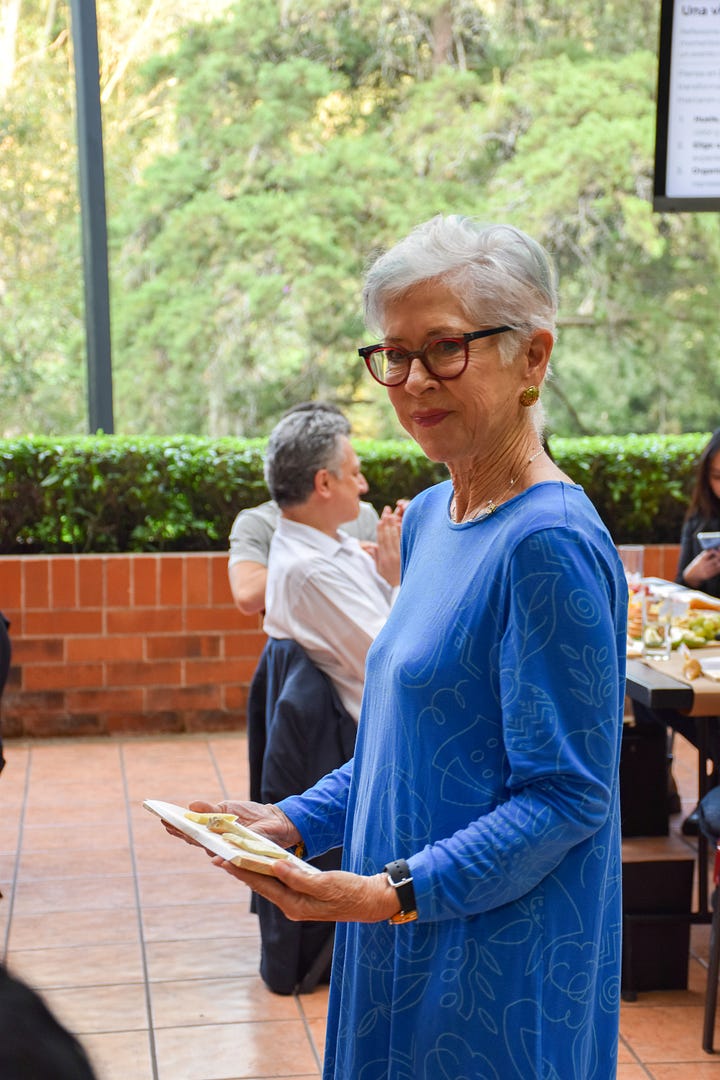
We invited participants to create their cheeseboards with some of these questions in mind:
What are the highest peaks in your life? Which moments felt smooth or easy? What cheese best captures the richness or sweetness of these moments?
What are the valleys? Which events or periods have been difficult, sharp, or challenging? How might a stronger, more pungent cheese reflect these experiences?
Consider how aged or matured cheeses might represent long periods of growth or evolution. Which moments in your life have 'ripened' into wisdom or clarity?
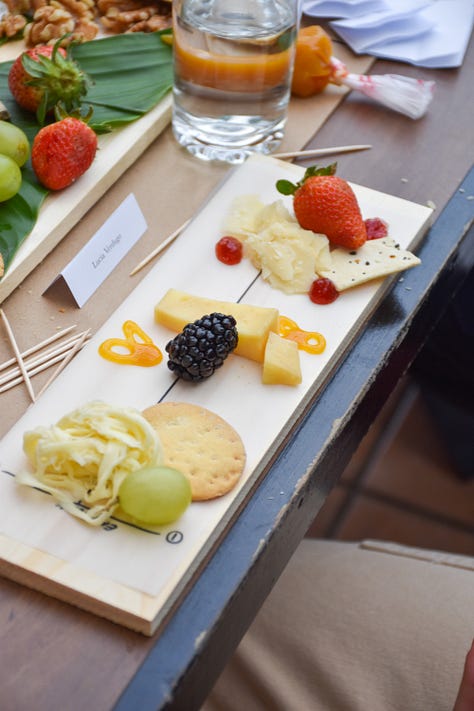
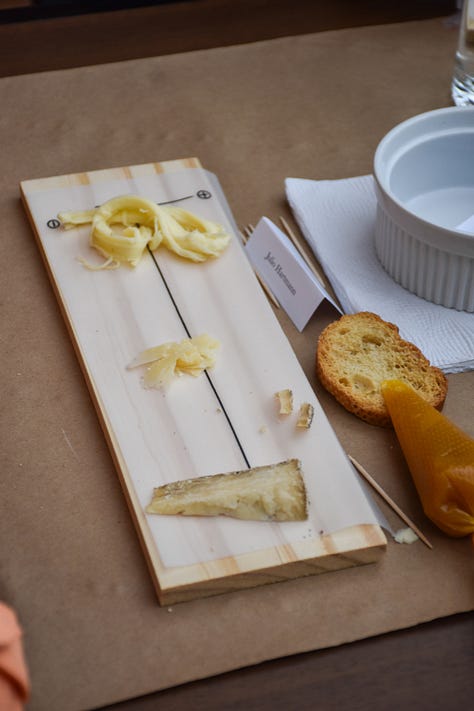
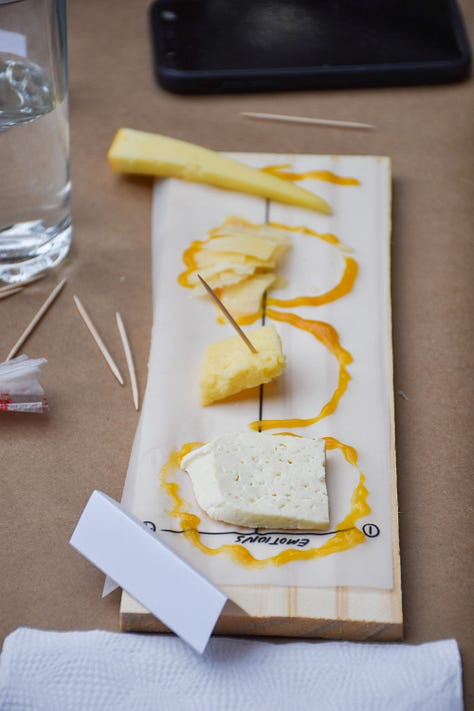
These are some of the participants' cheeseboards, each one representing a rich story Which moments in your life were bittersweet or layered with emotion? How might a complex cheese, like blue cheese or a blend, reflect the emotional richness of those times?
How do you view the passage of time in your life? Are there moments where you feel you matured or aged more quickly or slowly?
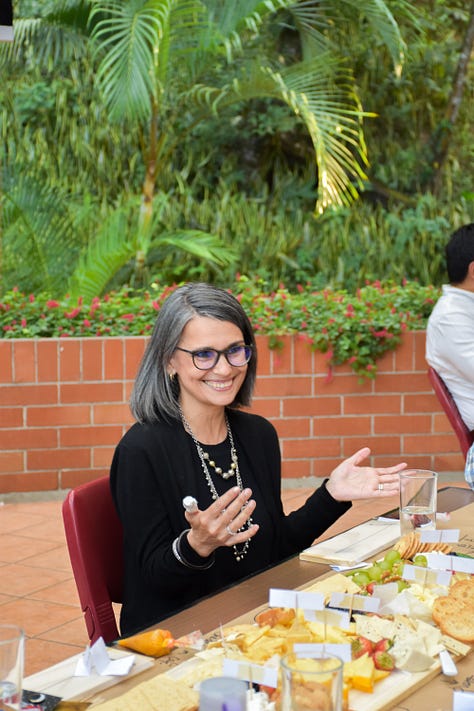

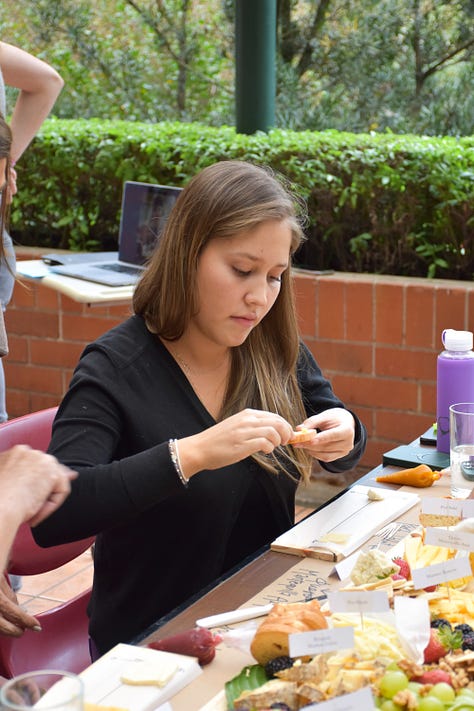
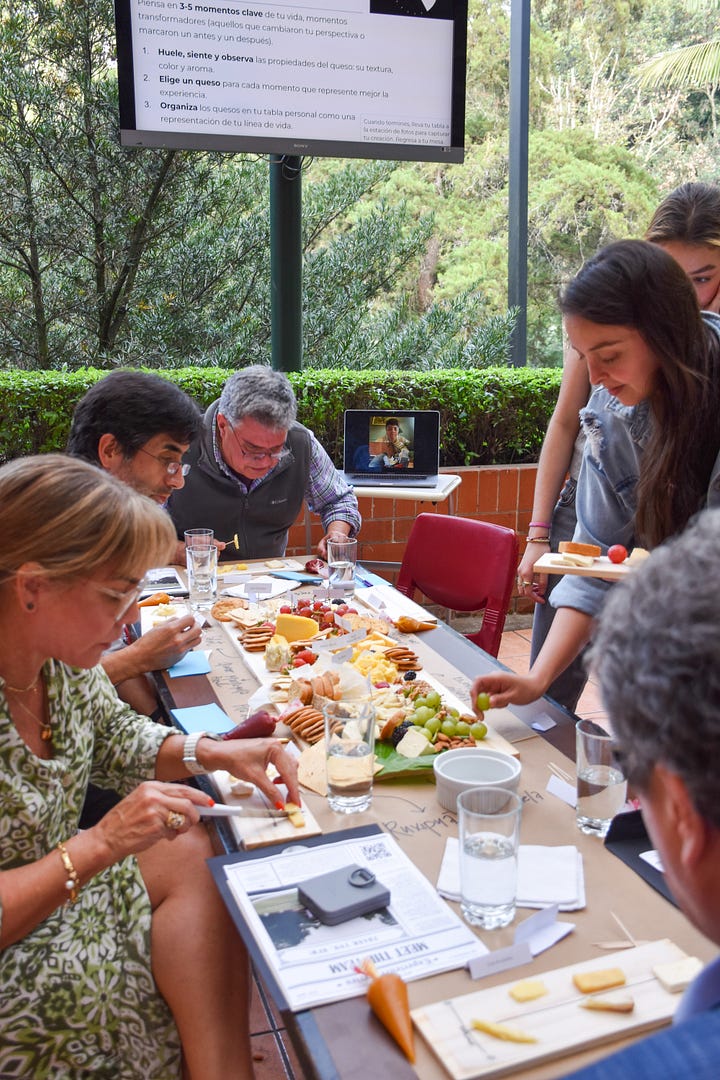
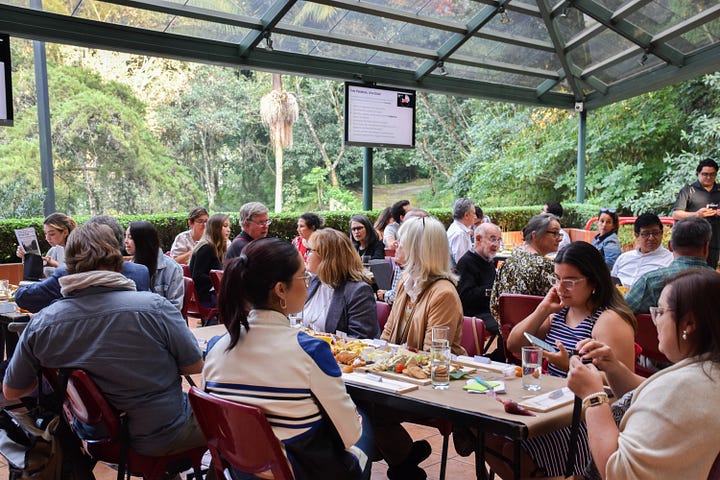
4. The Kit
We also put together a small kit for each participant. It included a printed gazette with details about the film, the characters, and the cheesemakers who contributed their work. Inside the kit were a few other items: a lunar pin to mark the steady rhythm of time, a moon calendar (we call ourselves the Lunar Society, more on that soon!), a bracelet as a symbol of continuity, a mirror to prompt reflection beyond appearances, and a postcard with a link to share the film with someone else.
💡 Why is this format effective for learning ?
This Shelf Life experiment was just the first of many. We later repeated it in Maine with a very different crowd, and have since created variations around other artifacts (like music and books). I remember that in our early brainstorming sessions, the word that kept coming up was transformation. We hoped participants would leave with something they hadn’t felt, thought, or internalized before. We also hoped that everyone would be brave and open up to strangers.
The experience was effective because it followed a natural rhythm. The participants’ senses were first engaged with the film (through images and sounds) and then deepened through the cheeseboard, which added layers of smell, touch, and taste. From there, they were invited to search for connections to their own life stories. Rather than guiding them step by step, we aimed to plant thoughtful elements and then step back, allowing participants to discover meaning on their own.
A few surprises:
Participants, who in most cases haven’t met before, shared vulnerable stories.
Having people of all ages in the mix helped participants stand in the shoes of someone much younger (or older).
The master cheesemakers shared the stories behind their cheeses, which added an element of closeness and familiarity (“It was like having one of the film’s characters among us!”)
We noticed that most cheeseboards included multiple peaks (a good way to represent that purpose rarely comes from a single moment in time…)
Post-mortem: A few things we would’ve done differently
Rely less on explanation and more on letting the experience speak for itself
Simple is better. We had planned to give each participant a Polaroid photo of their cheeseboard, but it added unnecessary complexity…
It’s good to have something physical for everyone to take with them, even if it’s something small.
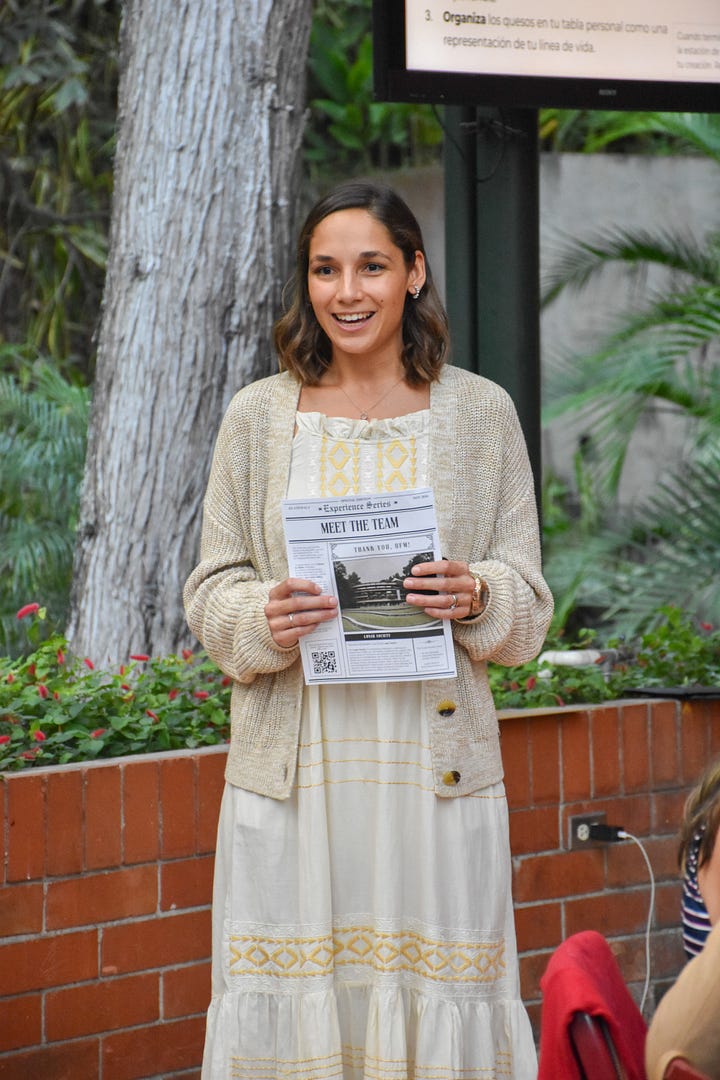
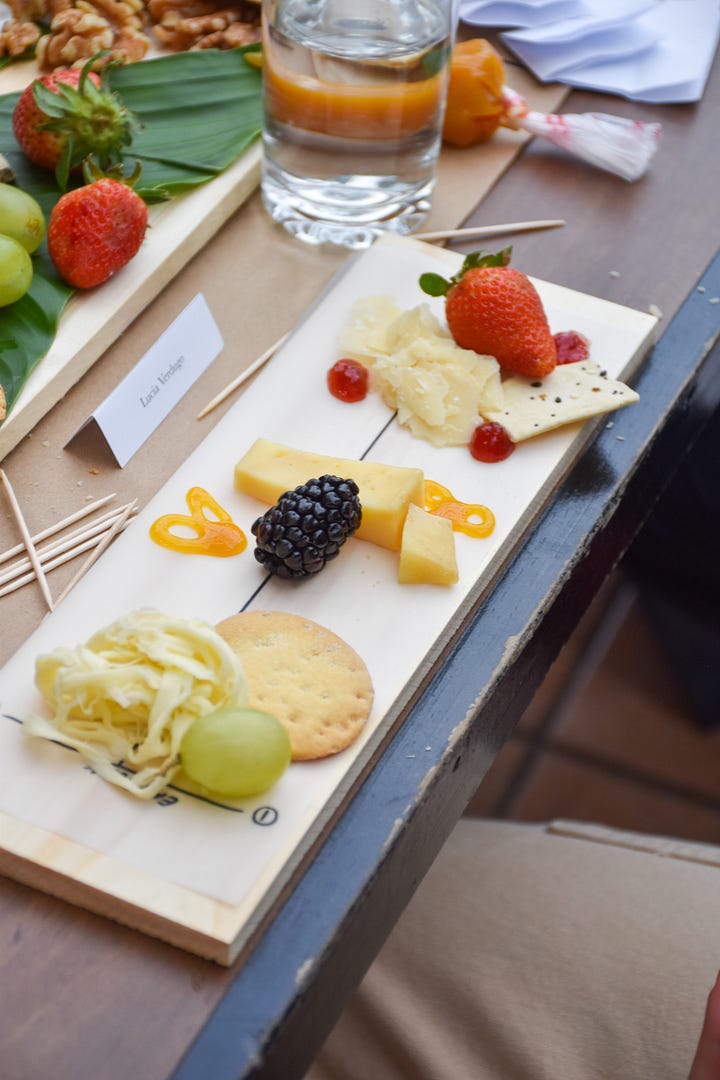
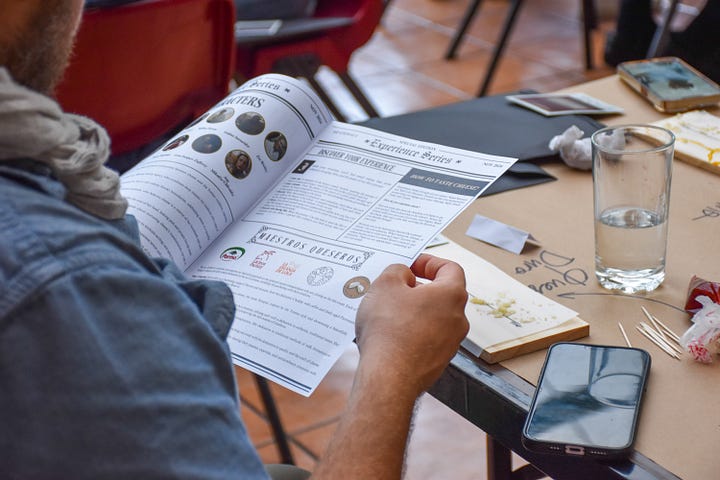
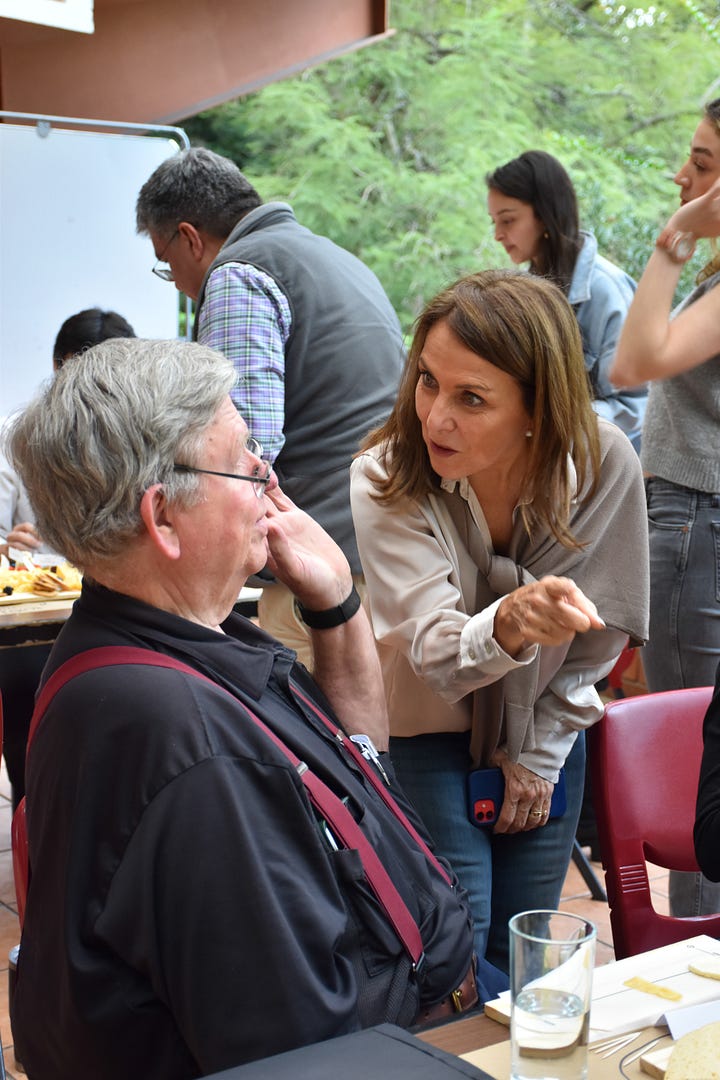
Special thanks to Meredith DeSalazar, Ximena de Zibara, Ana Lucía Godínez, Isabela Bolaños, and Universidad Francisco Marroquín for all their support and enthusiasm in making this happen.
In an interview about the film, Robyn mentioned that:
In becoming older, I was really put off by the conversations that people wanted to have with me even a decade ago, which were, “Oh, are you still doing X?” It was all about decline and being careful and not taking any risks and certainly not building up, but designing down […] People talk a lot about how I’ve “passed my peak,” “I’m not in my prime,” or “Are these the sunset years of my life?”
The film questioned those assumptions. And the experience gave people a chance to do the same in their own way…
💌 Resources
If you’d like to arrange for a Shelf Life screening, you can contact the team here. Expected release on streaming platforms in 2026.
🪁 Life Lately
Started doing photo embroidery again.
Met Max for the first time after 2 years working together (he’s even cooler in person)
Went to my third LCD Soundsystem concert with Fer. I loved every part of it, but I don’t think I’ll ever forget what happened after the show, when everyone on the tube started singing their songs out loud in unison.
Inspired by Maria Galaykova’s article, I started a tiny experiment: trying to spot great learning experience design in the museums I visited. (I highly recommend reading Maria’s article, and anything she’s written, really).
Misc rabbit-holes:
How We Built Bluey’s World - Art Director Catriona Drummond shows the design choices they made for the original series (mood boards and notes included!)
Frame of Preference - A journey through the first twenty years of Mac’s control panels
Chicken Shop Date - An absolute guilty pleasure that I couldn’t not share
30 minutes with a stranger - A visualization of conversations between strangers
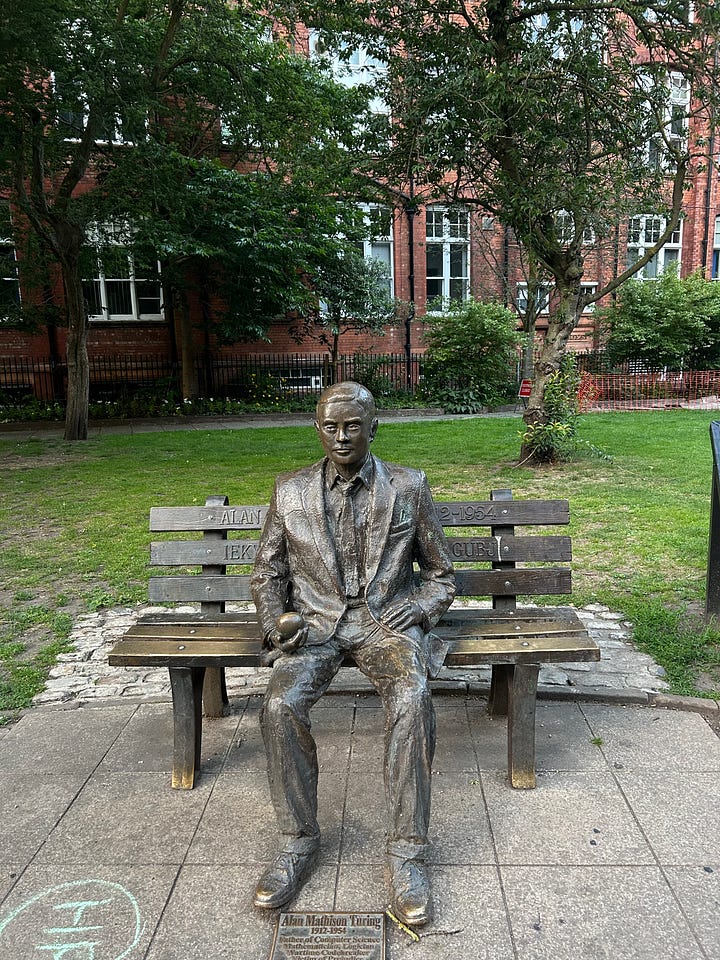
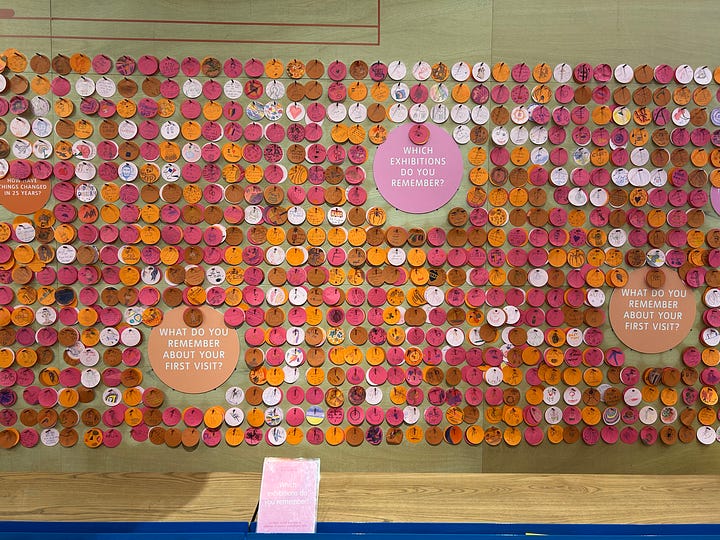
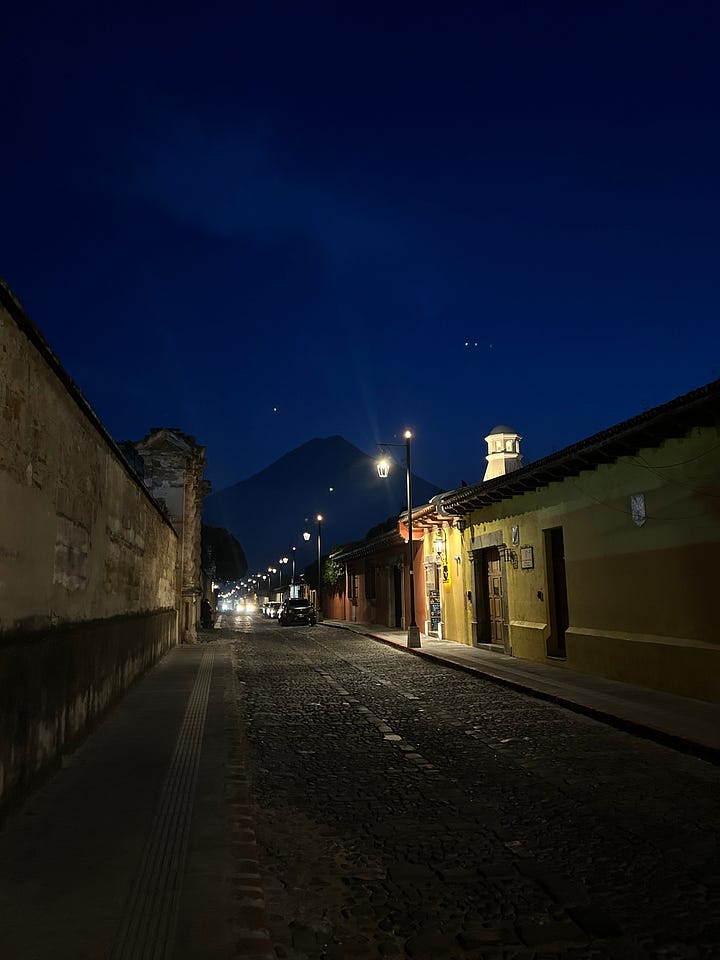
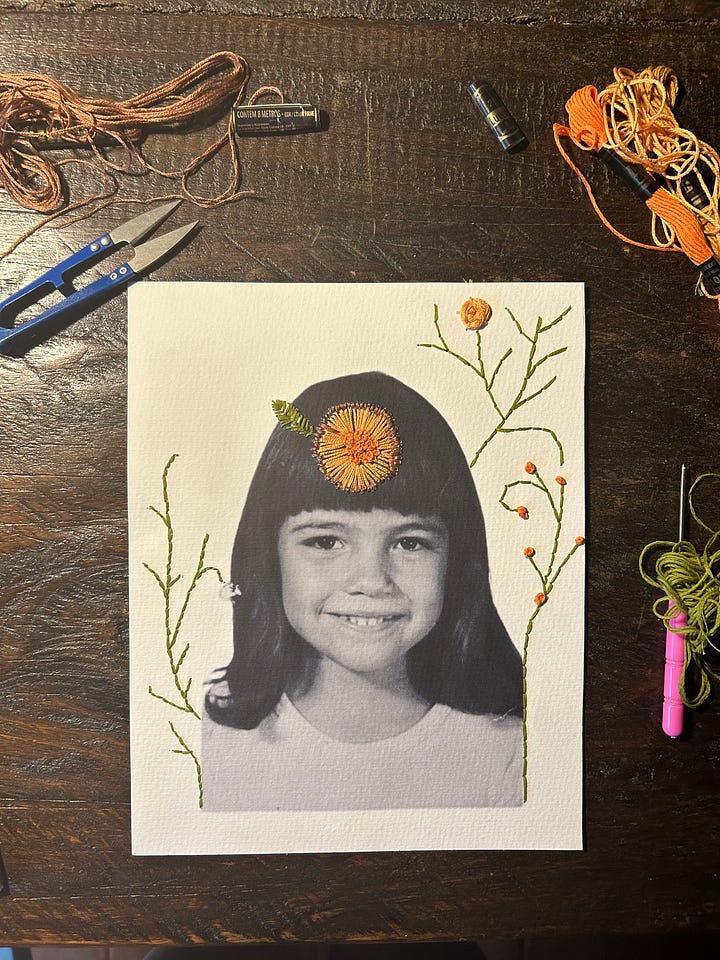
I appreciate your time. Thank you for reading! 💙 I also value your feedback (suggestions, critiques, constructive ideas…) as well as your tips or suggestions for future editions. I’d love to hear about you in the comments.
→ Or just click the heart symbol. That always makes me smile :-)
*This post’s gif is from tech.noir







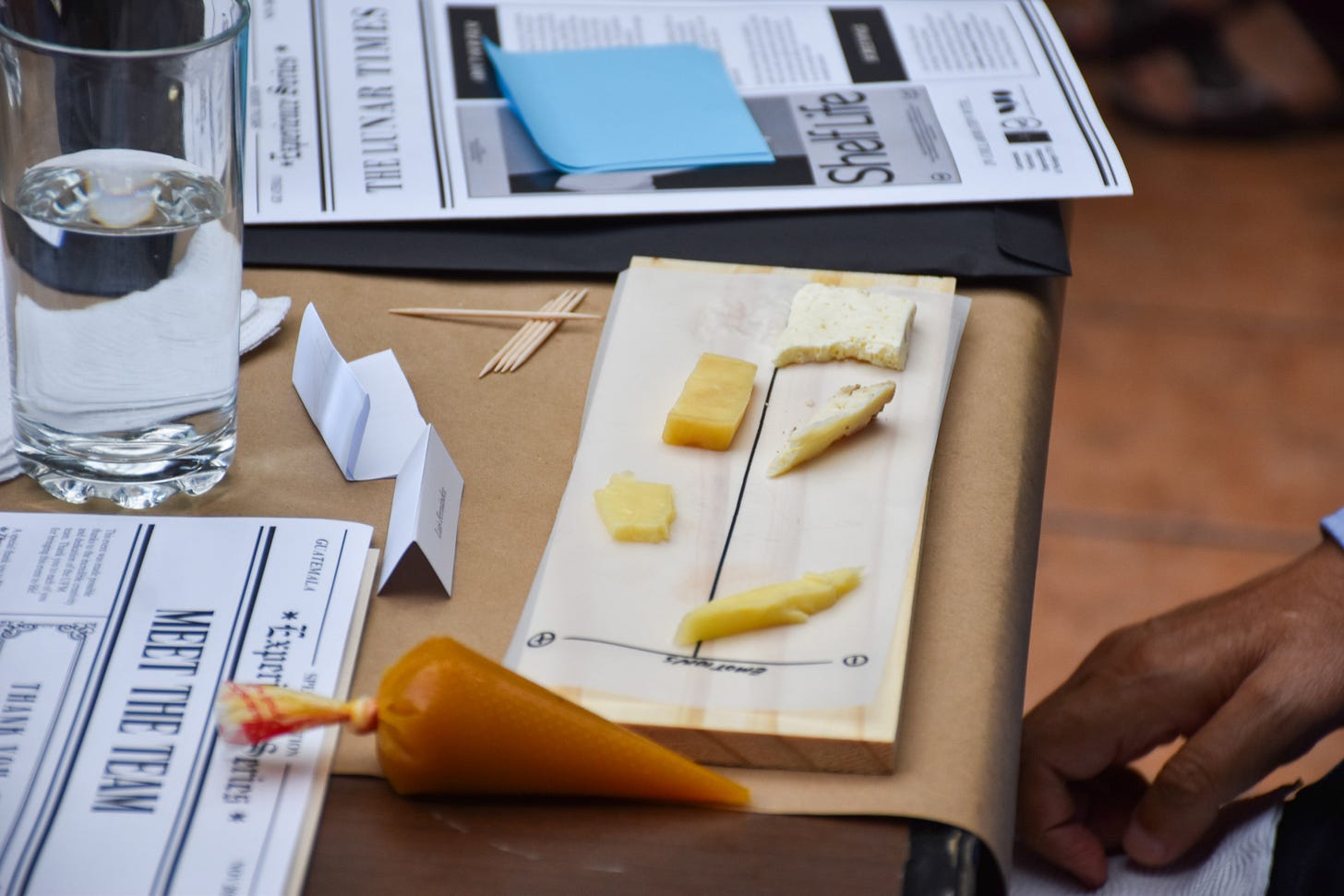

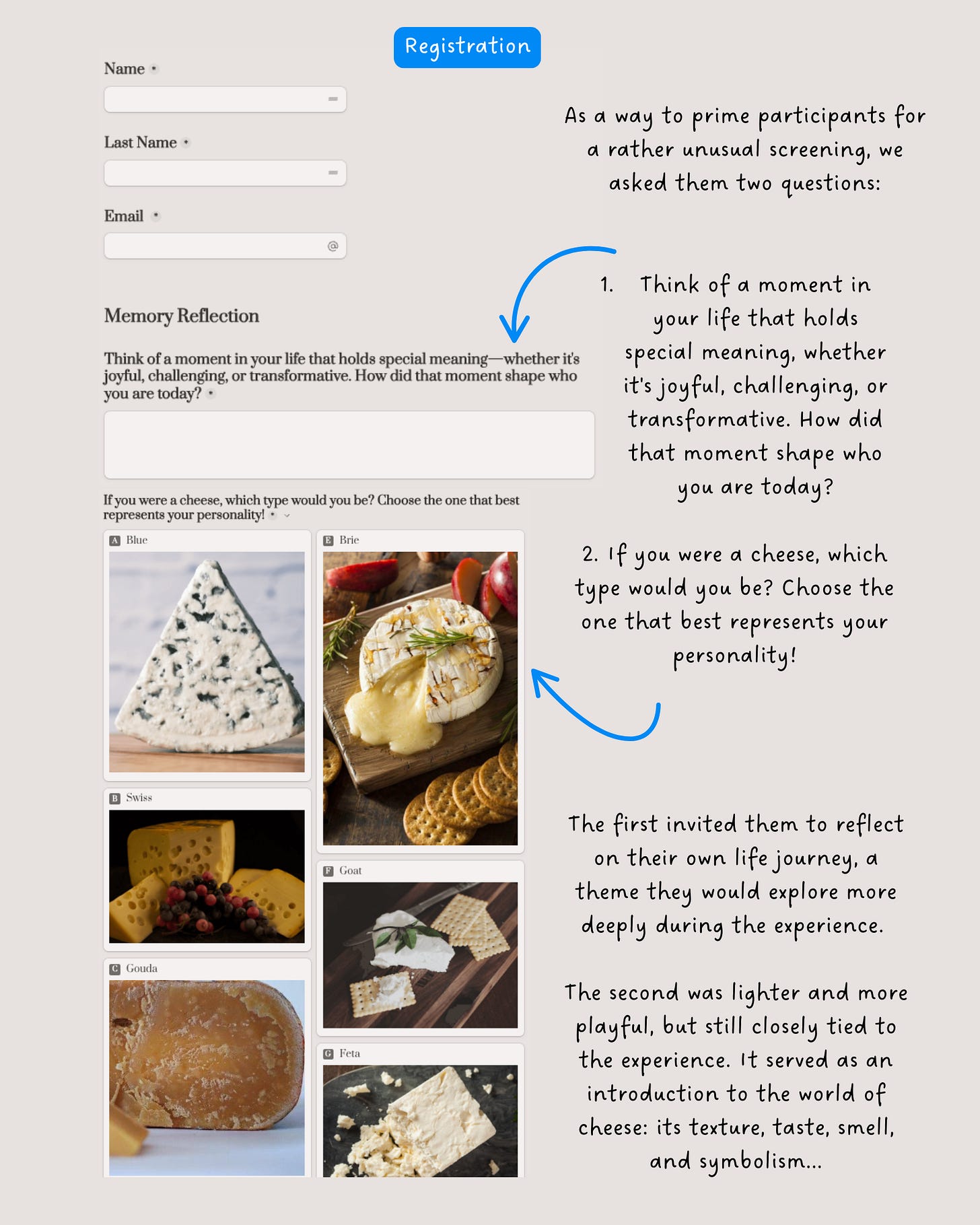




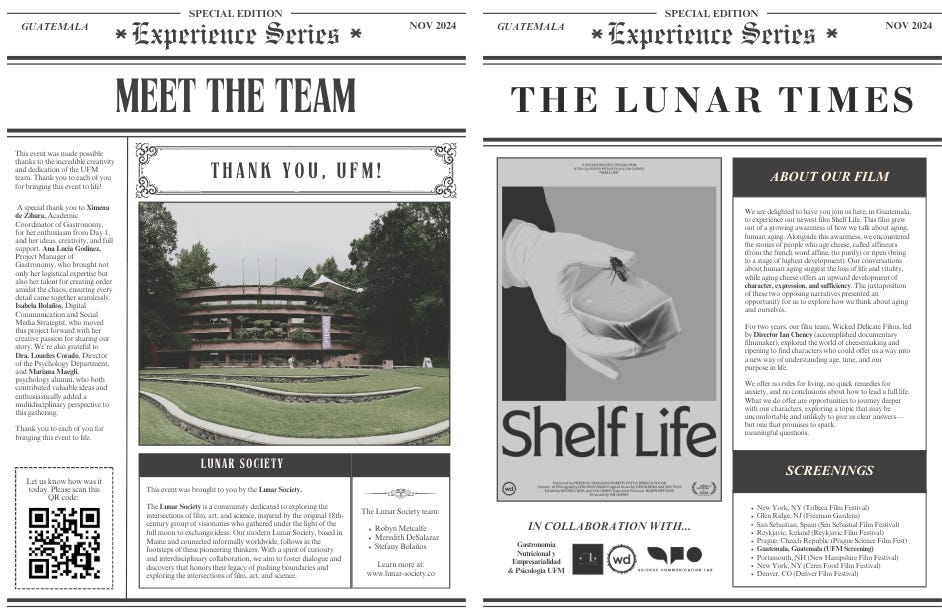





I enjoy your thoughtful writing. 👏 You are a skilled educator, Stefy. Hope to meet you one day. If ever in NY please lmk.
Engage all senses and see what poetry emerges! Sublime 🧀